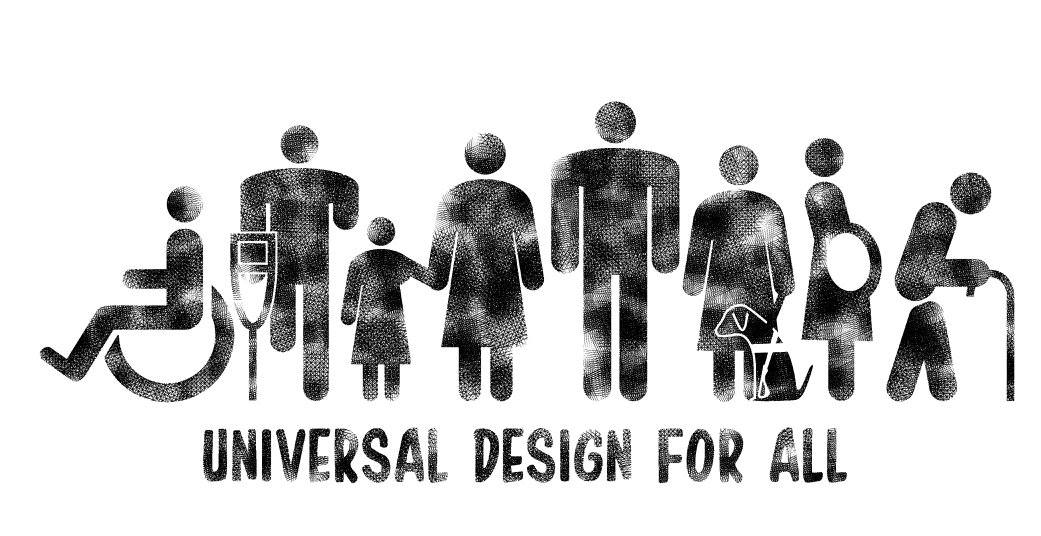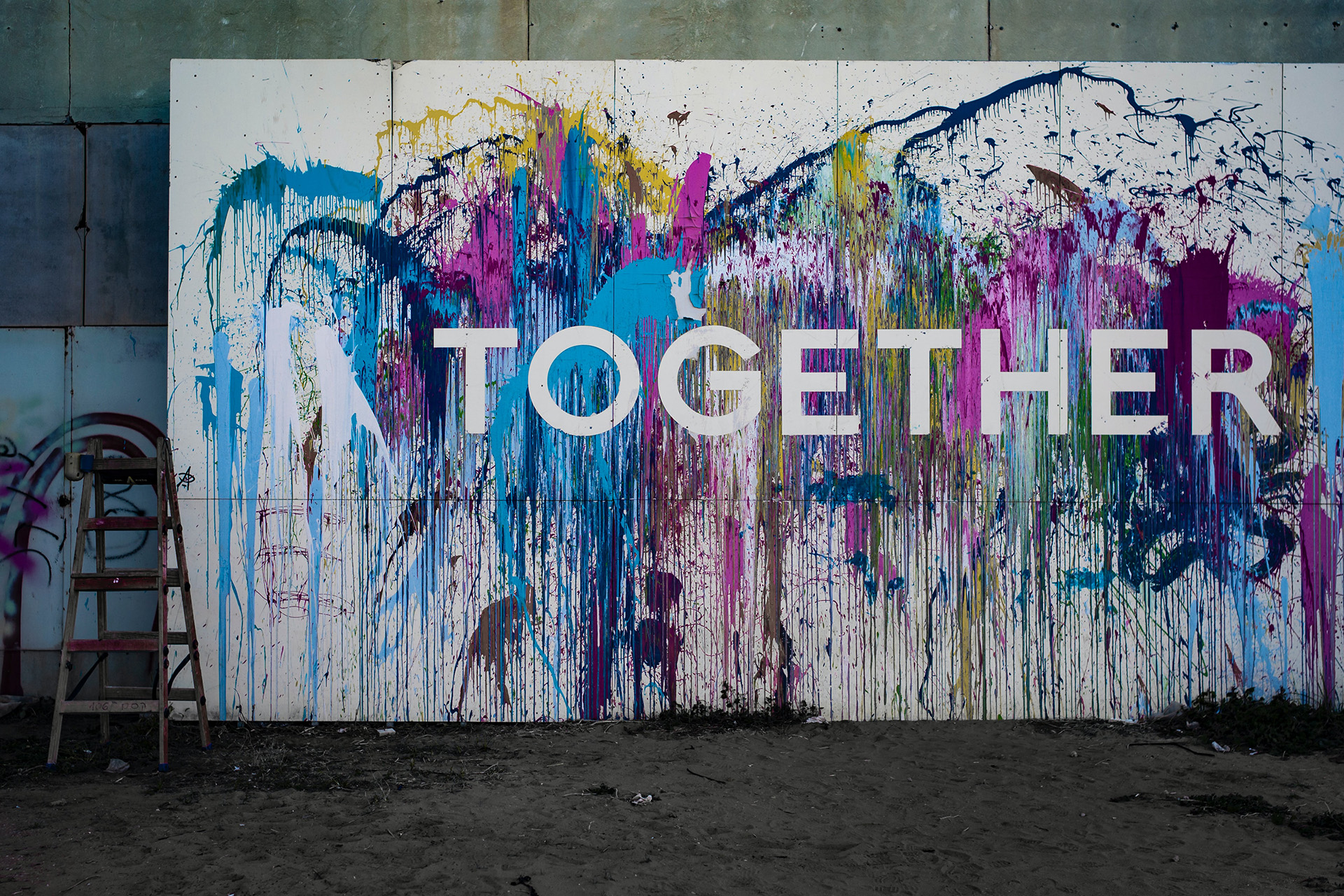What’s “universal design,” anyway? Before we can apply Universal Design principles to improving marketing efforts, we have to fully understand what it is (and isn’t).
According to the (now dormant) Center for Universal Design at North Carolina State University, the idea of universal design was created under the leadership of Ronald L. Mace, who, having been confined to a wheelchair most of his life, was a pioneer in the field of accessible design. He envisioned a world shared by everyone — with or without disabilities — and the seven principles of Universal Design were created with this vision in mind. Contrary to some beliefs, Universal Design is not a list of specifications or applicable only to the disabled community; it’s simply an open-minded approach to design that takes all people into consideration. 
Breaking Down the Seven Principles of Universal Design
Digging in a little further, let’s explore the seven principles Universal Design is built on, and, in the spirit of Universal Design, a visual example of each in action (images courtesy of eXtension)…
- Equitable Use: The design is useful and marketable to people with diverse abilities.

- Flexibility in Use: The design accommodates a wide range of individual preferences and abilities.

- Simple and Intuitive Use: Use of the design is easy to understand, regardless of the user’s experience, knowledge, language skills, or current concentration level.

- Perceptible Information: The design communicates necessary information effectively to the user, regardless of ambient conditions or the user’s sensory abilities.

- Tolerance for Error: The design minimizes hazards and the adverse consequences of accidental or unintended actions.

- Low Physical Effort: The design can be used efficiently and comfortably and with a minimum of fatigue.

- Size and Space for Approach and Use: Appropriate size and space is provided for approach, reach, manipulation, and use regardless of user’s body size, posture, or mobility.

Put Universal Design to Work in Marketing
So what does any of this mean for our marketing efforts? While there may not be a direct and specific line to each of the above-mentioned principles, there are two key takeaways to improve our engagement regardless of channel or message.
Personalize Yet Inclusive-ize
For example, marketers can (and should) use data collection to push out more and more personalized content to customers, users and subscribers. However, when it comes to web design, a commitment to inclusivity ensures the best possible experience for all visitors, regardless of ability. Everyone who’s anyone has a site optimized for mobile, but what about UD optimization for sight? To accommodate all levels of visual ability, well-designed websites should include elements such as icons and symbols, larger fonts and coding for assistive technology.
Prime Example
Have you heard of a little company called Google? It’s ok if you haven’t; they’re pretty under the radar. A recent redesign of the app and website for one of their continuing education products, Google Primer, presented Google’s team an opportunity to strive for UD greatness. The team did their homework on accessibility and worked to ensure the new Google Primer was perceivable for users of all visual abilities, navigable for users of all physical abilities, and supported a variety of assistive technologies. Then, they tested and tested again, using Chrome’s Lighthouse and Accessibility Scanner (both Google products) to guarantee optimal design for web and mobile. The Google Primer app is sitting at 4.4 out of 5 stars with nearly 69,000 reviews, so it appears the redesign was a job well done.
Be Empathetic
 Another way to apply Universal Design principles in marketing is to consider and speak to traditionally marginalized groups, but this actually starts with your product design. Are you ensuring from the beginning of every effort that you’re reflecting your audience in your creative? It’s not just lip service if you do your homework. Fenty Beauty is one example of a brand that’s seen great success in their 40 Shades of Beauty marketing campaign, which promotes and celebrates the wide array of skin tones in women around the world.
Another way to apply Universal Design principles in marketing is to consider and speak to traditionally marginalized groups, but this actually starts with your product design. Are you ensuring from the beginning of every effort that you’re reflecting your audience in your creative? It’s not just lip service if you do your homework. Fenty Beauty is one example of a brand that’s seen great success in their 40 Shades of Beauty marketing campaign, which promotes and celebrates the wide array of skin tones in women around the world.
At the end of the day, Universal Design can be summed up as empathy, or the understanding that we all see the world a little differently. Stepping back from our own point of view to consider the experience and abilities of others provides the opportunity for more — and better — engagement with our audience.





